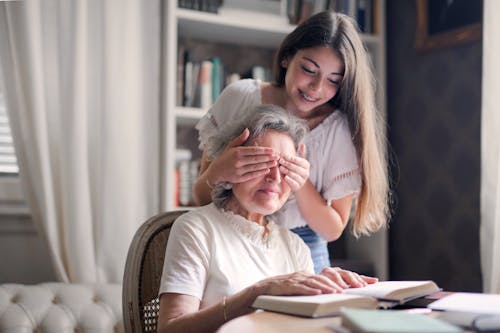COLLAPSE SUBDISCUSSIONStephanie Stubbs3:28pmAug 20 at 3:28pm
Manage Discussion Entry

Hi Renalta,
Thank you for your post. In pondering your thoughts about age, I happened across the following article:
Levy, B. R. (2001).Eradication of ageism requires addressing the enemy withinLinks to an external site..The Gerontologist,41(5), 578-579.
The gist of the article is that ageism is so difficult to address because it oftentimes operates on an implicit level.Implicitattitudes are automatic, unconscious reactions. In contrast,explicitattitudes are those of which we are aware and would report to describe our thoughts and feelings about a particular person, place, thing, or even attitude. It is possible to hold implicit and explicit attitudes that conflict with each other or that are not able to coexist rationally. How can this be?
The manner in which we acquire implicit and explicit attitudes differs.Explicit attitudes can be directly taught;implicit attitudes, on the other hand, could be described as being "caught". The latter may be absorbed from the surrounding sociocultural environment. This means that we can hold unconscious associations even if we consciously do not subscribe to them. Yet, making matters more complex with regard to age, we sometimes gladly take on certain stereotypes, accepting them without much thought.
You make an excellent point in your post about the role of social learning. How does this vary across cultures (or even within our culture, across region or ethnicity or some other pattern)? The stereotype is that Asian cultures, for example, respect the elderly, valuing the wisdom that comes with age. Is this true? Are there other groups that hold more positive beliefs about the aged?
CLASS: An interesting twist on this topic... what about discrimination on the basis of age, among young people? (seehttps://www.forbes.com/sites/carolinebeaton/2016/11/11/too-young-to-lead-when-youth-works-against-you/#45ce3c5c3c2aLinks to an external site.for more)
For more, a chapter by Levy and Banaji can be located here:
Levy, B. R., & Banaji, M. R. (2002).Implicit ageismLinks to an external site.. In T. D. Nelson (Ed.),Ageism: Stereotyping and prejudice against older persons.The MIT Press.
3:42pmAug 20 at 3:42pm
Manage Discussion EntryHello Ashley-Christina,
Thank you so much for sharing your personal experience and thoughts on skin tone!
I find this such a curious phenomenon. I do realize that American culture does seem to prize diluted skin tones (at least, when I look to advertisements and the models that are traditionally selected). But, white girls and women spend quite a bit of time and money trying to darken their skin. (To illustrate with a personal example, I remember smearing Crisco on myself--literally--and baking in the sun for hours as a teen.). This trend is relatively recent, though, beginning in the late 1920's (Martin et al., 2009).
For a look at this topic around the world, check out the following scholarly article:
- Dixon, A. R., & Telles, E. E. (2017). Skin color and colorism: Global research, concepts, and measurement.Annual Review of Sociology,43(1), 405-424.
CLASS, have you observed different preferences around the world, between genders, or across age groups? What explanations might one offer for this bias?
Dr. Stubbs
References
Martin, J. M., Ghaferi, J. M., Cummins, D. L., Mamelak, A. J., Schmults, C. D., Parikh, M., ... & Liégeois, N. J. (2009). Changes in skin tanning attitudes fashion articles and advertisements in the early 20th Century.American Journal of Public Health,99(12), 2140-2146.
An interesting study that explores a biological explanation for color preference:
Ip, F. W., Lewis, G. J., & Lefevre, C. E. (2019). Carotenoid skin coloration enhances face and body attractiveness: A cross-cultural study.
Quarterly Journal of Experimental Psychology,
72(11), 2565-2573.